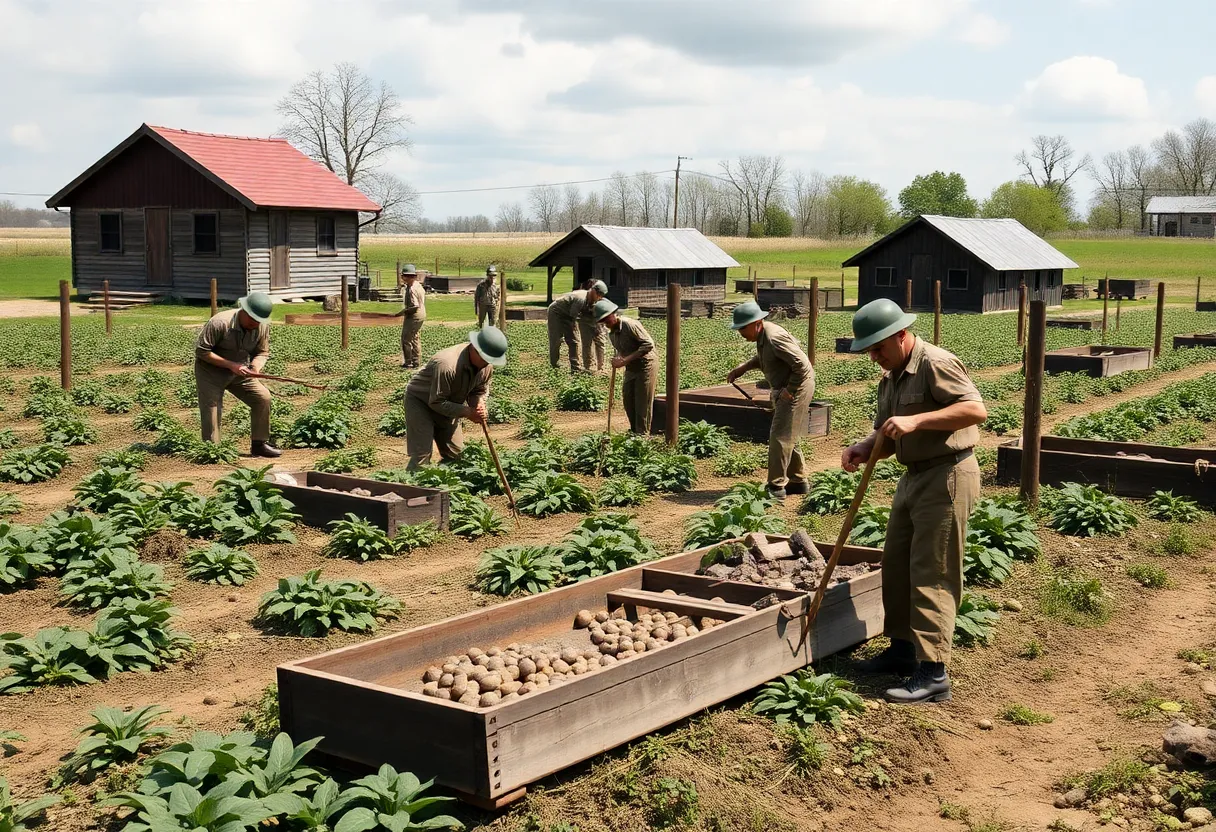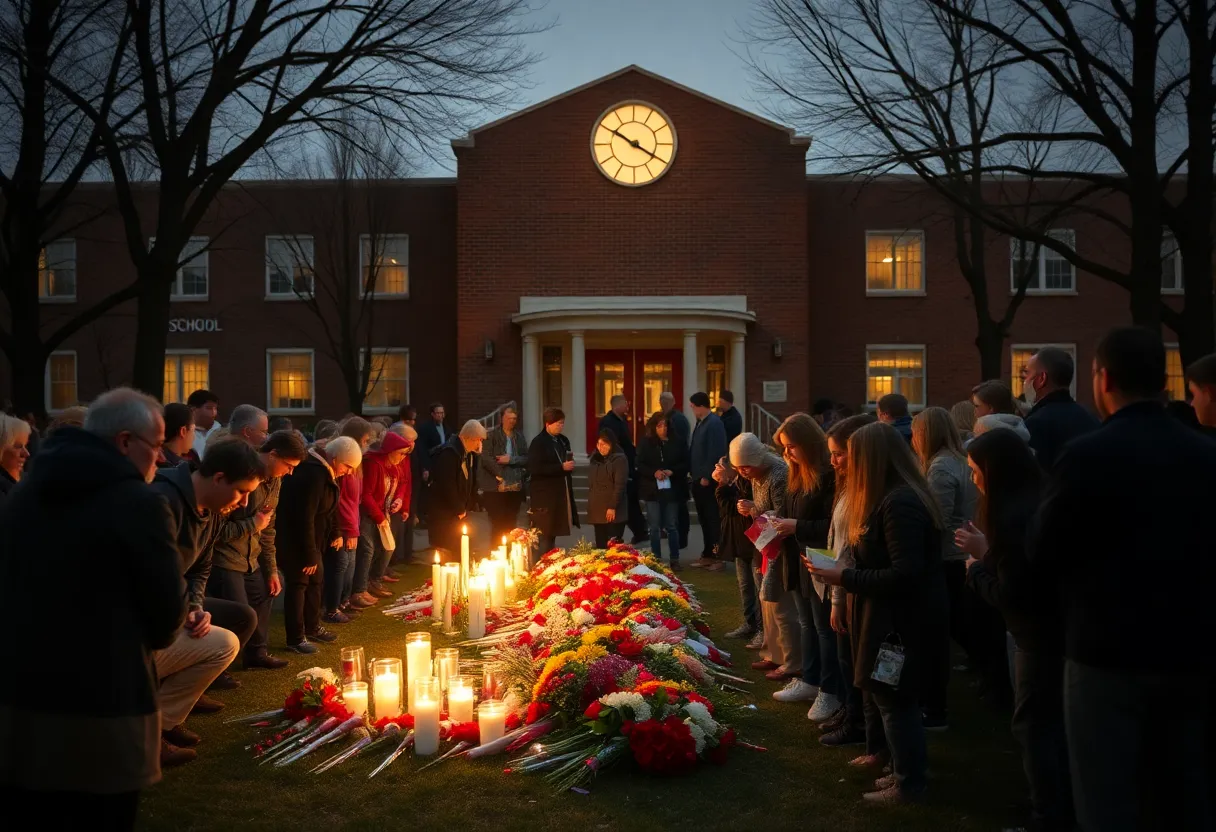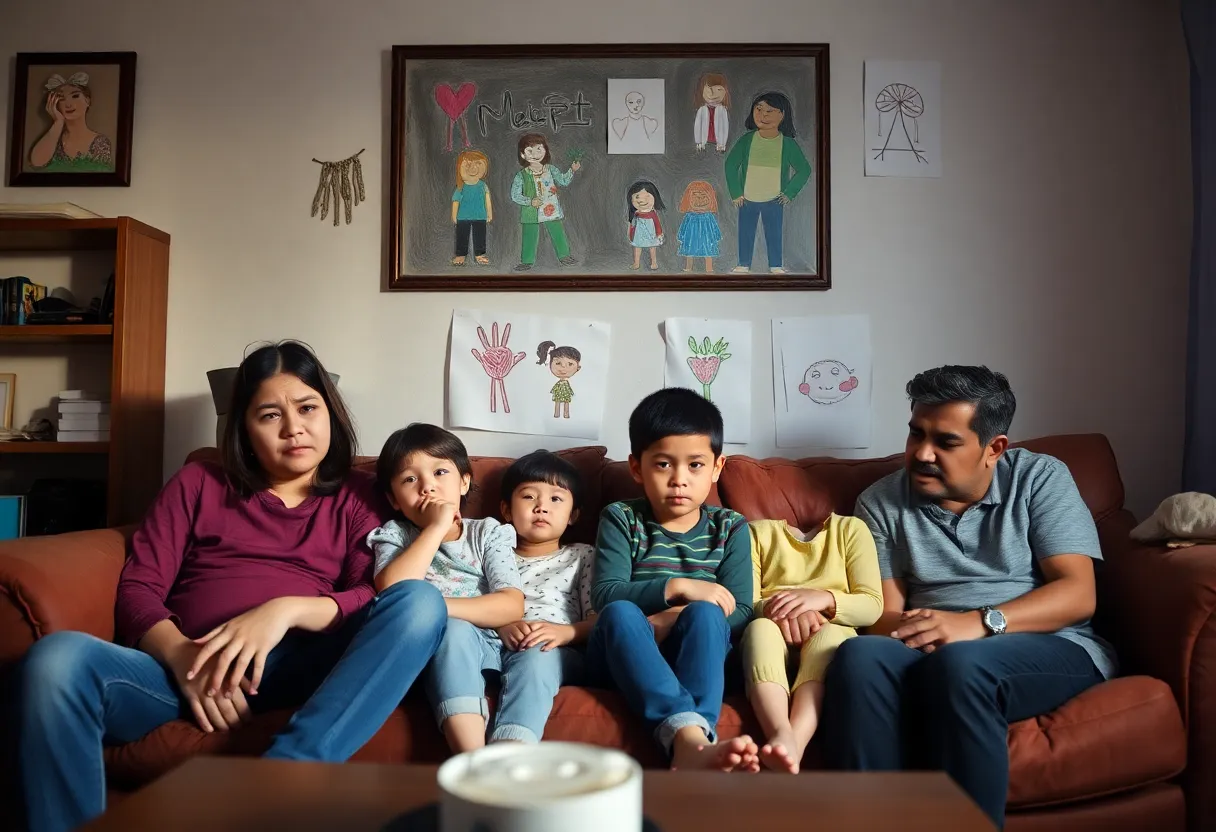News Summary
Kansas City’s WWII history includes the surprising role of German and Italian POWs in local farming. These prisoners worked on large potato farms, helping alleviate labor shortages during the war. Many of them engaged positively with the community, fostering connections and understanding through shared experiences. After the war, some chose to remain in the U.S., leaving a lasting impact on local history and community relations.
Kansas City: Unearthing the History of WWII POW Camps
Let’s take a stroll down memory lane and explore a lesser-known chapter of Kansas City’s history — the time when thousands of German and Italian prisoners of war (POWs) contributed to the local farming scene during World War II! Imagine a bustling potato farm, with rows and rows of spuds being harvested, all thanks to those who found themselves in a foreign land, caught in the chaos of war.
Cultivating Potatoes with POW Labor
Back in the day, Kansas City was known for its booming potato-farming industry, stretching over about 2,000 acres. Local farmers in Jackson County decided to invite POWs to help with the labor. It may sound surprising, but this collaboration helped ease the labor shortages that many farmers faced during wartime. Most of these prisoners were transported under tough conditions, having been captured in Europe, shipped to the East Coast, and then sent by train to various facilities across the United States.
Kansas City’s POW Camps
Missouri was home to about 15,000 POWs housed in four main camps – Clark, Crowder, Weingarten, and Fort Leonard Wood. Plus, there were around 30 other smaller branch camps that dotted the region. Kansas also had its share of POW facilities, including Fort Riley and Concordia, where around 7,000 POWs were detained. Closer to Kansas City, local branch camps popped up in places like Liberty, Orrick, Atherton, and Riverside, the last of which was uniquely situated at a former horse racing track!
Life on the Farm
Once on the farms, the POWs engaged in agricultural labor, filling crucial gaps left by local residents who had gone off to war. The deal for their work was quite simple. Farmers paid the government 45 cents per hour for each POW worker, while the POWs themselves earned 80 cents a day, distributed in camp scrip. It’s interesting to note that the conditions for these prisoners were often better than what people expected, with only a few guards monitoring them. In fact, this leniency allowed for a fascinating interaction between the prisoners and the local communities.
The Human Side of War
While some German POWs were known to stir trouble, causing a few fights, suicides, and even a murder leading to an execution in 1945, the majority were simply trying to adapt to their new circumstances. It’s said that many would actually seek help from locals to get back to captivity after trying to escape. This peculiar dynamic painted a much friendlier picture of these enemy soldiers, showing them as ordinary men trapped in extraordinary circumstances.
Bridging Communities Through Shared Experiences
Interestingly, interactions between the POWs and local farmers often led to the establishment of positive relationships. Events such as shows organized by POWs to entertain local farmers contributed to a sense of camaraderie. Particularly with the Italian POWs, these gatherings fostered goodwill and understanding. The ongoing interactions helped blur the lines between enemies and friends, shifting perceptions of soldiers who wore rags and struggled through the uncertainties of war.
A Legacy Forgotten, but Not Gone
After the war, it’s estimated that about 5,000 to 10,000 German POWs decided to remain in the U.S., showcasing how these experiences led to changing identities and lives. As cities like Salina, Kansas, have recognized their history by becoming a POW-MIA city, plans for memorial events have started to emerge, aiming to honor the sacrifices of veterans and raise awareness about those who endured the trials of war.
So, next time you find yourself around Kansas City, take a moment to remember this fascinating chapter from the past. It’s a reminder of resilience, community, and the ties that bind us together, even during the toughest of times!
Deeper Dive: News & Info About This Topic
HERE Resources
Additional Resources
- Kansas City News Source
- Wikipedia: Prisoner of War
- Kansas City Roos News
- Google Search: Kansas City POW history
- KSHB Local News
- Encyclopedia Britannica: Military Prisoners
- Fox4KC News
- Google News: WWII POW Missouri
- Salina News Source







